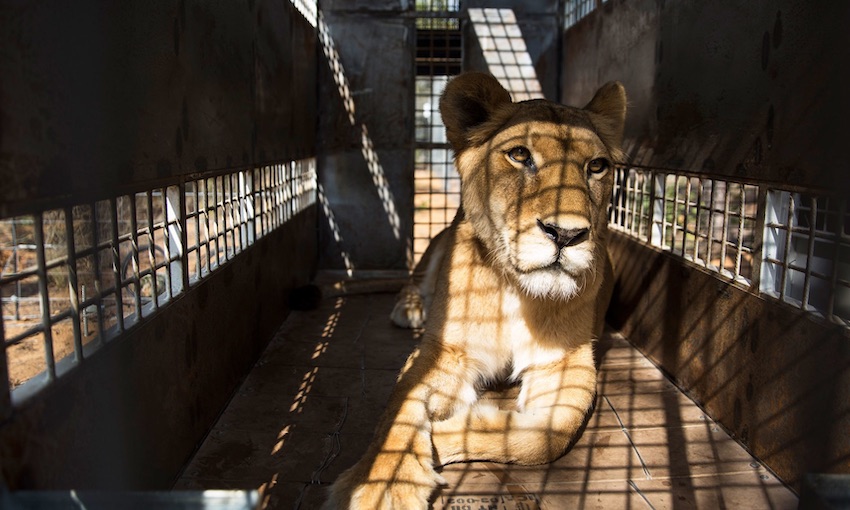WITH around 800 million TEU of containers annually shipped worldwide, tackling the exploitation of the maritime shipping industry to traffic contraband calls for collaboration across all actors in the trade chain.
The illegal trade of wildlife products is valued between $US7-23 billion per year and is considered the fourth largest illicit trade after firearms, drugs, and human trafficking.
A two-day global Shipping Roundtable took place on 29-30 June attended by 39 private shipping lines, freight forwarding companies, and port operators, 18 public sector organisations, seven policy-making bodies, including the World Customs Organization and International Maritime Organization, as well as 14 NGOs.
The event was co-organised by FIATA International Federation of Freight Forwarders Associations, United Nations Office on Drugs and Crime, TRAFFIC, WWF, Environmental Investigation Agency and United for Wildlife.
The event presented a unique opportunity to hear insights, recommendations, and the individual and collective needs of the private sector that will form the basis of further efforts to drive progress in combating this illicit trade.
The event also offered an opportunity to share with participants information about tools such as the new compendium produced for the sea cargo sector and the FIATA digital course for the prevention of wildlife trafficking as well as initiatives such as the UfW Transport taskforce.
Information was shared about the ongoing development of IMO guidelines – On The Prevention And Suppression Of The Smuggling Of Wildlife On Ships Engaged In International Maritime Traffic‘. Participants were invited to engage in the review process later this year.
Dr Stéphane Graber, FIATA director general said, “One of the major challenges in tackling wildlife trafficking lies in the diversity of actors involved in the supply chain: custom brokers, shippers, freight forwarders, agents, insurers, customers, inspection companies, and so on.
“Initiatives like this roundtable, gathering all concerned and impacted stakeholders, is key to preventing wildlife trafficking.”
Richard Scobey, TRAFFIC executive director, said in a keynote address, “Legitimate transport services have been exploited by wildlife traffickers to move contraband from source to market; and container shipping is by far the most widely chosen method of transport for large quantities of illicit wildlife products – such as elephant ivory, pangolin scales, protected timber, and a variety of marine species”.
During the event, most industry participants assessed themselves to have a low or middle level of capacity to understand and act on wildlife and timber trafficking activities.
Over the course of the two days, attendees discussed the main challenges faced by the industry and practical actions that could be taken to address them.
Discussions about training showed that building capacity would require new thinking and adapted approaches that assure accessibility and quality, make training better tailored to the different corporate roles, and ensure the content remains up to date and engaging.
In response to a request from the industry, the roundtable organisers will compile and make available a list of all relevant existing training resources open to the maritime sector to upgrade their skills and knowledge on tackling wildlife and timber trafficking.
Participants also highlighted how digitisation and technological advancement would make a crucial difference in tackling illicit trade by improving the efficiency of risk management, customer due diligence and developing a universally accessible list of known wildlife traffickers.
However, participants suggested that success would hinge on ensuring co-ordination between different parts of the industry and other initiatives through interoperability and common approaches.

